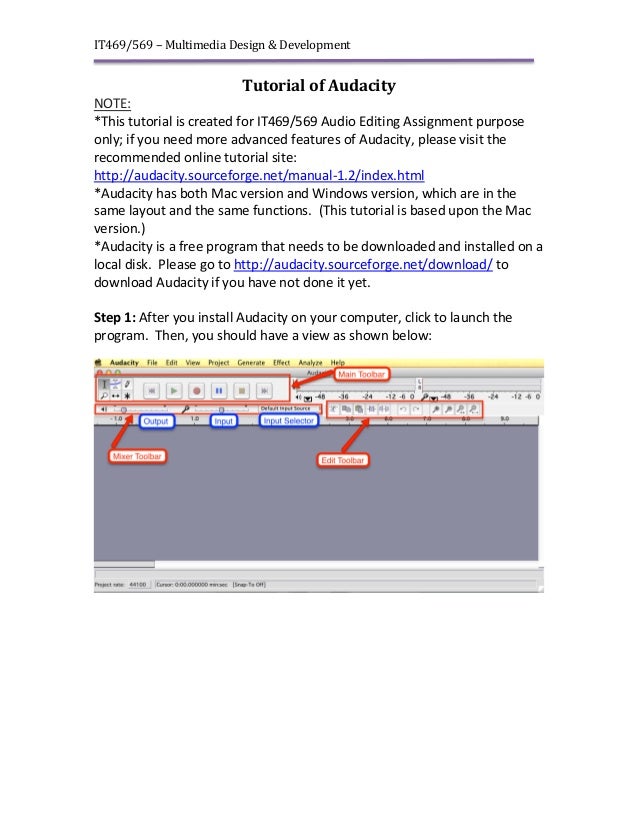
So if you only want to keep a certain piece of audio, the ‘Trim Audio’ option will cut off everything else. When you trim audio in Audacity, it removes everything except what you have selected. If you take a look at the picture above, you may notice another setting called ‘Trim Audio’.

To silence audio in Audacity, use the shortcut Ctrl + L or go to Edit –> Remove Special –> Silence Audio This will remove any noise present, but will not move anything around, keeping everything the same duration. If you don’t want the audio to shift over, consider silencing it instead. Notice how Audacity automatically shifts everything over, so there isn’t anything that you have left to do. You can see an example of audio being deleted in the GIF above. Alternatively, you can use the keyboard command Ctrl+K (on Windows) or Command+K (on Mac), or go up to the edit menu and click ‘Delete’.īoth of these options take more time than just pressing the delete key, so I’m not sure why you’d want to do that, though. Once it’s highlighted, hit the ‘Delete’ key on your keyboard. The quickest and easiest way to cut down audio in Audacity, is to highlight the audio you wish to remove using the selection tool. There tends to be extra unnecessary silence at the beginning and ending of recordings.
#Audacity tutorials full
Just be sure to listen to the audio where you cut it – it is easy to cut the middle of a breath out (so the breath starts, and then suddenly disappears) and this sounds more unnatural than leaving the full thing in. Pauses should be cut down to a natural length for a more pleasant listening experience. Sometimes, we may wait to long to continue speaking. Especially if they’re wearing headphones. People don’t want to hear your saliva moving around inside of your mouth. Just don’t forget to edit out the first take!ĭoor knocking in the background? Phone ring? Edit these things out when you can. If you’re reading off of a script and you realize that you make a mistake, it’s usually a good idea to repeat the phrase over again correctly. We have a natural inclination to fill silence with sound, and ‘ums’ and ‘uhs’ are a result. We all have a habit of doing this while recording, particularly if we’re new and nervous.

Let’s quickly cover a few things you’ll want to be sure to edit out while editing your recorded audio in Audacity. Here Are Some Common Things You’ll Want To Edit Out Here Are Some Common Things You’ll Want To Edit Out.Then click Effect > High Pass Filter, and using settings of roll-off 12dB and cut-off frequency 100 Hz, click OK.

Make sure your selection begins and ends on the horizontal line (by clicking the Z key). However, the occasional popping 'p' (which is actually breath on the mic and a very low frequency sound) can be isolated and treated with a High Pass Filter. It is (obviously) better to avoid getting them in the first place by correct mic placement. DeEsser & DeClicker Plug-ins For Audacity forum thread.Splitting a Stereo File - Step-by-step picture tutorial.Evening out the volume - Step-by-step picture tutorial.Amplifying - Step-by-step picture tutorial.Verstärken - Schritt für Schritt Anleitung: Wie man eine Aufnahme verstärken kann, die viele laute Spitzen hat.
#Audacity tutorials how to
Removing Peaks - Step-by-step picture tutorial on how to remove single rogue peaks.Noisecleaning - Step-by-step picture tutorialbox (In another language: Español, Francais).


 0 kommentar(er)
0 kommentar(er)
